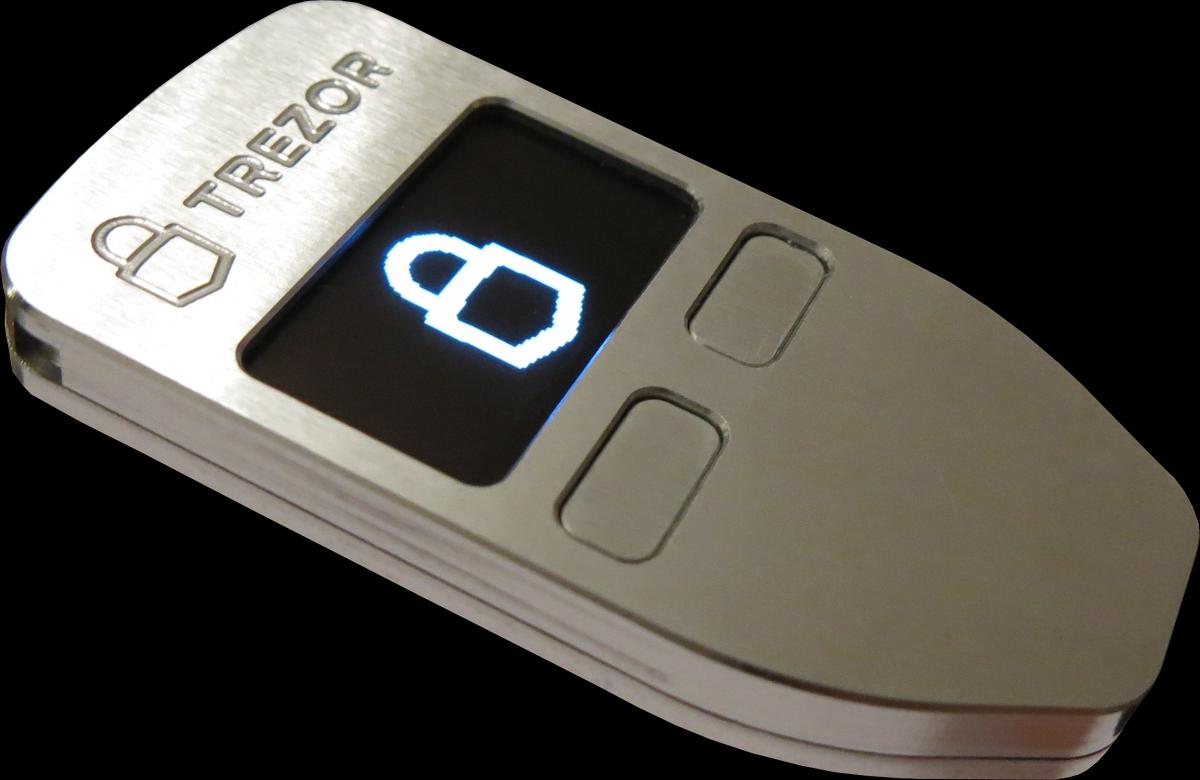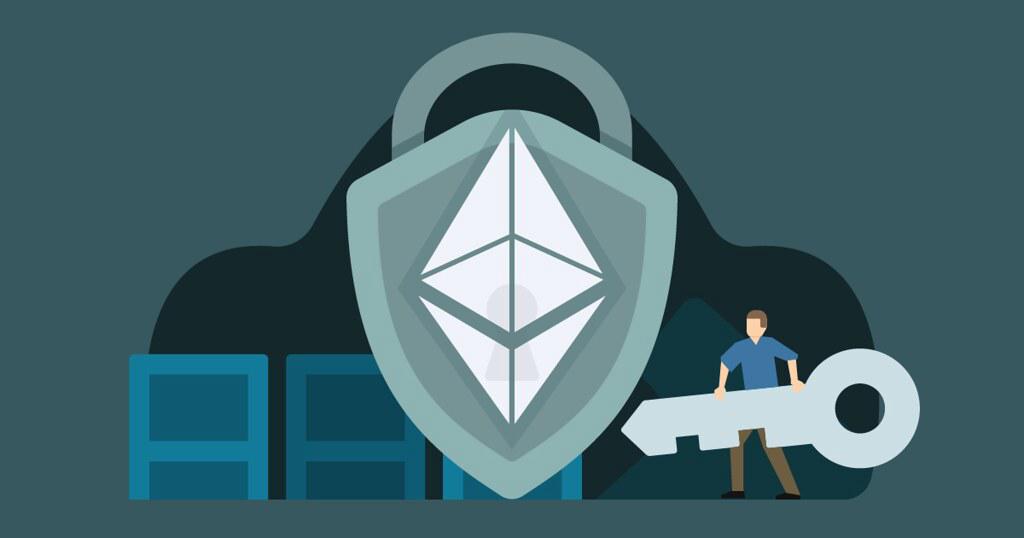Types of Crypto Wallets
Hot Wallets
Hot wallets function like a digital bank account that stores your cryptocurrency and remains connected to the internet. Examples include mobile apps and software on computers. The primary appeal of hot wallets is their convenience. They facilitate quick transactions, making them ideal for daily spending or trading. However, the connected nature of hot wallets introduces greater vulnerability. Potential risks include hacking incidents and malware targeting the software or device hosting the wallet. Despite these risks, hot wallets offer incentives like quick access and ease of transaction management, valued especially by those transacting regularly in crypto.
Cold Wallets
As the name suggests, cold wallets are not connected to the internet, putting a significant distance between potential online threats and your crypto holdings. These include physical devices like USB sticks or special hardware customized for cryptocurrency security. The detachment from the internet makes cold wallets much less susceptible to hacking or software-based threats. The major drawback here can be the inconvenience of relatively slower transactions, as transitioning from offline to online is necessary to perform a transaction. While they lack the swiftness of hot wallets, cold wallets provide fortress-like security ideal for long-term storage of cryptocurrency assets.
Custodial Wallets
When using a custodial wallet, users hand over the control of their wallet's cryptographic keys to a third party, usually a cryptocurrency platform or financial establishment. The beauty of this set-up for newcomers lies in its simplicity—no need to manage security protocols themselves. Custodial wallets often provide an integrated trading and wallet environment which simplifies the user experience. Nonetheless, relinquishing personal control of your keys does pose heightened risks such as potential internal security breaches of the custodian's infrastructure or legislative seizures.
Non-Custodial Wallets
In contrast to its custodian counterpart, a non-custodial wallet makes you the master of your cryptographic keys and, by extension, your cryptocurrency stash. This type of wallet serves those who prefer full personal oversight and responsibility over their digital currencies. Common mainstream platforms providing non-custodial options enable matching benefits in security without the need for a mediating third party. Challenges may arise, however, for users less familiar with technological intricacies as managing private keys require a precise understanding of digital security measures to prevent losses due to user error or mismanagement.
Each wallet type—hot, cold, custodial, non-custodial—introduces a varied spectrum of convenience versus security options, and choosing the right type is foundational to aligning with your individual needs in the digital currency landscape. Making informed decisions here dictates not just accessibility to your assets but their very safety amidst an environment rife with evolving security challenges.
Threats to Crypto Wallet Security
Phishing scams have become remarkably sophisticated over the years, often mirroring legitimate communications from trusted entities. These scams frequently target individuals through emails purporting to be from reputable cryptocurrency exchanges or wallet providers, but hook users into submitting their private keys or login credentials on carefully designed fake websites.
Malware attacks take a more covert approach by infecting the user's device to steal sensitive information, including wallet keys. Such malware often appears through corrupted links or attachments and, once inside your system, operates stealthily to capture keystrokes or directly access files and stored passwords.
Public Wi-Fi poses another significant risk. It's a breeding ground for man-in-the-middle attacks where an attacker intercepts the communication between the user's device and the connection point. For cryptocurrency holders, using public internet connections to access wallet information or perform transactions can expose transaction details to someone screening the network for such data transfers.
While these examples underscore a range of risks associated with managing digital currencies, deploying proper safeguards and being vigilant can fortify your defenses against these pernicious threats. Adopting crypto wallets that offer enhanced security measures, employing a VPN on public networks, and cultivating a keen eye for spotting phishing attempts are starting points on your checklist of securing your digital fortunes in this digital terrain.

Best Practices for Crypto Wallet Security
Setting up strong security measures is crucial when it comes to safeguarding your cryptocurrencies. Here are some tried-and-true practices to ensure your digital wealth is secure.
-
Forge Strong Passwords: Your first defense against potential attacks is a strong, complicated password. It's ideal to mix up letters (both uppercase and lowercase), numbers, and special characters. Each account related to your cryptocurrency activities should have its unique password to reduce the risk of a domino effect should one account be compromised.
-
Employ Two-Factor Authentication (2FA): Reduce the probability of unauthorized access by utilizing two-factor authentication on all crypto-related accounts. This requires not only something you know (password) but also something you have (usually a mobile device). Apps like Google Authenticator or Authy provide a second layer of security that changes every 30 seconds, making it a moving target for cyber thieves.
-
VPN is your ally: While employing public Wi-Fi, always use a Virtual Private Network, or VPN. This tunnels your internet connection through an encrypted path, masking your online activities, including crypto transactions, from prying eyes lurking on public networks. VPNs essentially throw a digital cloak over your data traffic, warding off interception by cyber criminals.
-
Hardware Wallets for Extra Security: If your stash of digital coins is substantial or you simply seek peace of mind knowing your cryptocurrencies are protected, investing in hardware wallets should top your priority list. These devices store your private keys offline and are secure from vulnerable online threats. Some of the market's popular devices include Ledger Nano S and Trezor Model T, both celebrated for their strong security features.
Connecting threads of strong passwords, protected gadgets studded with 2FA, fortified by the isolation provided by VPNs, all solidified further with the impregnable sanctum of hardware wallets can vault your crypto assets into realms of strong security. Implement these tools not only with gusto but consistency in this rapidly evolving digital currency sphere.

Recovering a Compromised Wallet
If you suspect or discover your crypto wallet has been compromised, acting swiftly and decisively is crucial to mitigate potential losses and secure your digital assets from further harm. Here's a step-by-step guide on what to do next:
-
Disconnect from the Internet: Begin by disconnecting the affected device from the internet. This prevents any potential malicious control or further unauthorized transactions from taking place.
-
Transfer Assets: If able, quickly move your funds from the compromised wallet to a secure, new wallet. It's wise to have a predefined 'safe' wallet ready in advance for such emergencies. This way, even if damage is done, you limit the extent and safeguard some of your funds.
-
Analyze the Breach: Once your funds are secure, work on understanding how the breach occurred. Check for any security lapses—did you click on a malicious link recently, or did you download software from a dubious source? Identifying the breach source can help prevent future incidents.
-
Update Your Security Software: Run a full system scan using reputable antivirus and anti-malware software to remove any threats. Keep all security software up to date to effectively fend off new threats.
-
Change all Passwords and Keys: Update all relevant passwords and keys linked to your digital wallet and other important accounts. This includes email accounts and any accounts through which your wallet could be compromised. Utilizing a password manager to generate and store complex passwords may prevent future breaches.
-
Inform relevant parties: If you were using a custodial wallet, notify the service provider about the breach immediately. They can help monitor for suspicious activity and assist in securing your account.
-
Strengthen Your Security Systems: Enhancing your security post-breach is important. Implement enhanced security measures discussed earlier, like two-factor authentication and using cold wallets for storing substantial crypto holdings. If necessary, consult with a cybersecurity expert to fortify your digital security measures.
-
Monitor Your Accounts: After securing your accounts, closely monitor them for any unusual activities. Sign up for notification alerts if available, so you're instantly informed of any unauthorized actions, allowing for rapid responses.
-
Continuous Education and Improvement: Keep abreast of the latest in crypto-security. Frequent research and updates can make a difference in preemptive threat mitigation.
By diligently following these steps, you can alleviate the stress that often follows discovering a compromised wallet, streamline the recovery process, and secure your digital assets against future cyber attacks.

Future of Crypto Wallet Security
As the terrain of digital currency evolves, particularly in the domain of blockchain and crypto, cutting-edge technologies and methods unfurl, aimed at fortifying wallet security and surmounting prevailing vulnerabilities. Emerging innovations like decentralized identity solutions have begun shaping a new horizon for enhancing security features intrinsic to crypto wallets. This approach revolves around using unique, verifiable digital identities anchored to blockchain technology, affording users refined control over personal data and transactions.1
Decentralized identity frameworks employ cryptographic methods to create a sturdy linkage between an individual and their digital identity without reliance on a central authority. When applied within crypto wallets, a decentralized identity can reduce the dangers of phishing, impersonation, and other manipulative tactics by cryptographically validating all parties in a transaction. This paradigm shift offers a personalized and secure bubble for crypto assets.
Simultaneously, the landscape of wallet security is being further embellished by developments in Multi-Party Computation or MPC. This cryptographic protocol divides private key processing among multiple parties without ever revealing the entirety of the key to any single party, even when conducting transactions. MPC proves potent in limiting points of failure, offering a barrier against malicious attacks targeted at private keys.2
In self-custody realms, implementing MPC enables users to sanction transactions only when a defined subset agrees, forging an environment tough against penetration through hacking or insider manipulations. An added layer of security surfaces, knowing that collusion of multiple involved parties would be requisite for potential malfeasance.
MPC delivers another advantage—the reduction of single points of compromise. By ensuring that a cryptographic key is never fully assembled at a singular node, MPC foils the plans of cyber-assaults fixated on single-step infiltration. Parallelly progressing, features such as hardware isolation ensure essential execution components are executed in safeguarded environments separate from primary systems.
Securing further into the horizon, anticipation is brewing around how quantum computing could impact cryptographic foundations hindering today's security mechanisms. Herein lies a reinterpretive challenge ensuring future safeguarding techniques for crypto wallet security, grounded in quantum-resistant algorithms.3
Beyond cryptography and core security enhancements, ancillary realms like surveilling potential breaches using artificial intelligence or continuous risk assessment tools integrate seamlessly to watch over transactions regularly. Hyperautomation engines equip wallets with predictive threat identifications merged to transaction behaviors, enabling proactive blockade of anomalous and potentially dangerous operations.
Reflecting on these advancements, adapting to the modern needs of cryptocurrency users requires an orchestration of legacy practices with innovations buzzing on the technological runway. Engaging periodically with updated ledger proofs or toggle verification checkpoints might emerge as normative given the fluctuant nature of crypto threats crowding the horizon. Between decentralized identity constructs and the adoption of MPC, the intersectionality in emergent technologies promises an oasis of reinforced trusts—both in terms of individual securities and the integrity of digital transactions.
Conclusively, as we oscillate on the brink of this new cryptographic dawn, embracing these tech tenets not only transforms our wallets into digital fortresses but also redefines the essence of transaction safety in the proliferating universe of cryptocurrencies. These tools are laying pathways that anticipate threats in an environment where traditional tactics might soon find themselves antiquated.

- Dunphy P, Petitcolas FA. A first look at identity management schemes on the blockchain. IEEE Security & Privacy. 2018;16(4):20-29.
- Damgård I, Mikkelsen GL. On the theory and practice of personal digital signatures. In: Jarecki S, Tsudik G, eds. Public Key Cryptography – PKC 2009. Berlin, Heidelberg: Springer; 2009:277-296.
- Alagic G, Alperin-Sheriff J, Apon D, et al. Status report on the second round of the NIST post-quantum cryptography standardization process. US Department of Commerce, National Institute of Standards and Technology; 2020.